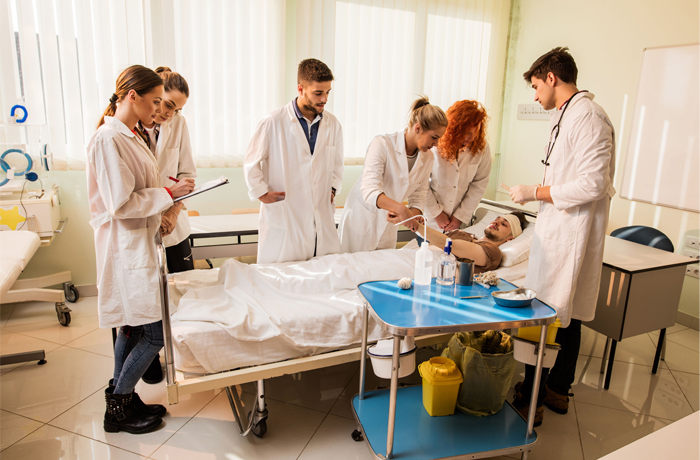For many, it was the popularity of the hit 90s television show “Whose Line is it Anyway” that brought improvisational theatre -a form of performance art characterized by its spontaneity, unpredictability and, often, humour – into living rooms across North America and the United Kingdom for the first time. Though the collaborative and unscripted style has resided most notably in the theatrical domain for decades, the educational potential of practicing improvisation (or, improv) is gaining momentum as a tool for personal development, team-building and creative innovation.
A recent study published in Medical Teacher last November explores how this potential could carry into medical education. Several health professional training institutions such as Northwestern University and Johns Hopkins University have already begun exploring the utility of medical improv, and early results have indicated some promising learning outcomes for participants. Specifically, they were found to align closely with a majority of roles outlined in the CanMEDS framework, including Medical Expert, Leader, Communicator and Collaborator.
What makes improv so unique is its natural ability to touch on several points simultaneously. For example, the pillars of trust, empathy, active listening and willingness to take risks run throughout both applied improv exercises and the essential skills found within various CanMeds roles. While the study noted a need for further exploration and experimentation, applied improv poses a unique and innovative opportunity to develop experiential learning programs that resonate with health professionals in a way that is fun, safe and applicable to health education and practice.
The study, led by Family Medicine CPD Director Dr. Jeremy Rezmovitz, can be read in its entirety here.
